© Cindy Dyer. All rights reserved.
Irises at Green Spring Gardens
19 05 2021Comments : Leave a Comment »
Tags: bearded iris, botanical photography, flower, flower photography, garden, garden photography, gardening, iPhone 12 Pro Max, iris, macro photography, Nikon D850, perennial, plant, roof iris, siberian iris
Categories : Uncategorized
iPhoneography: Japanese iris
3 06 2018Surprise Japanese iris blooms! I saw two purple buds a few days ago and thought maybe it was a straggler from the purple and white ones that finished blooming weeks ago, but when the buds opened this morning, I knew it wasn’t. I honestly don’t remember planting this (which sounds like something I might do!). iPhone 7Plus, Camera+ app in macro mode, Snapseed app border
© Cindy Dyer. All rights reserved.

Comments : Leave a Comment »
Tags: bloom, botanical photography, Camera+ app, flower, flower photography, garden, garden photography, gardening, iPhone photography, iPhoneography, iris, Japanese iris, macro photography, perennial, Snapseed app
Categories : botanical photography, Flower, Flowers, garden photography, gardening, iPhone 7 Plus, iPhone photography, macro photography, nature, nature photography, photography
Daring Jumping spider on iris
26 06 2017Daring Jumping spider (Phidippus audax) on an iris (unknown cultivar)
© Cindy Dyer. All rights reserved.
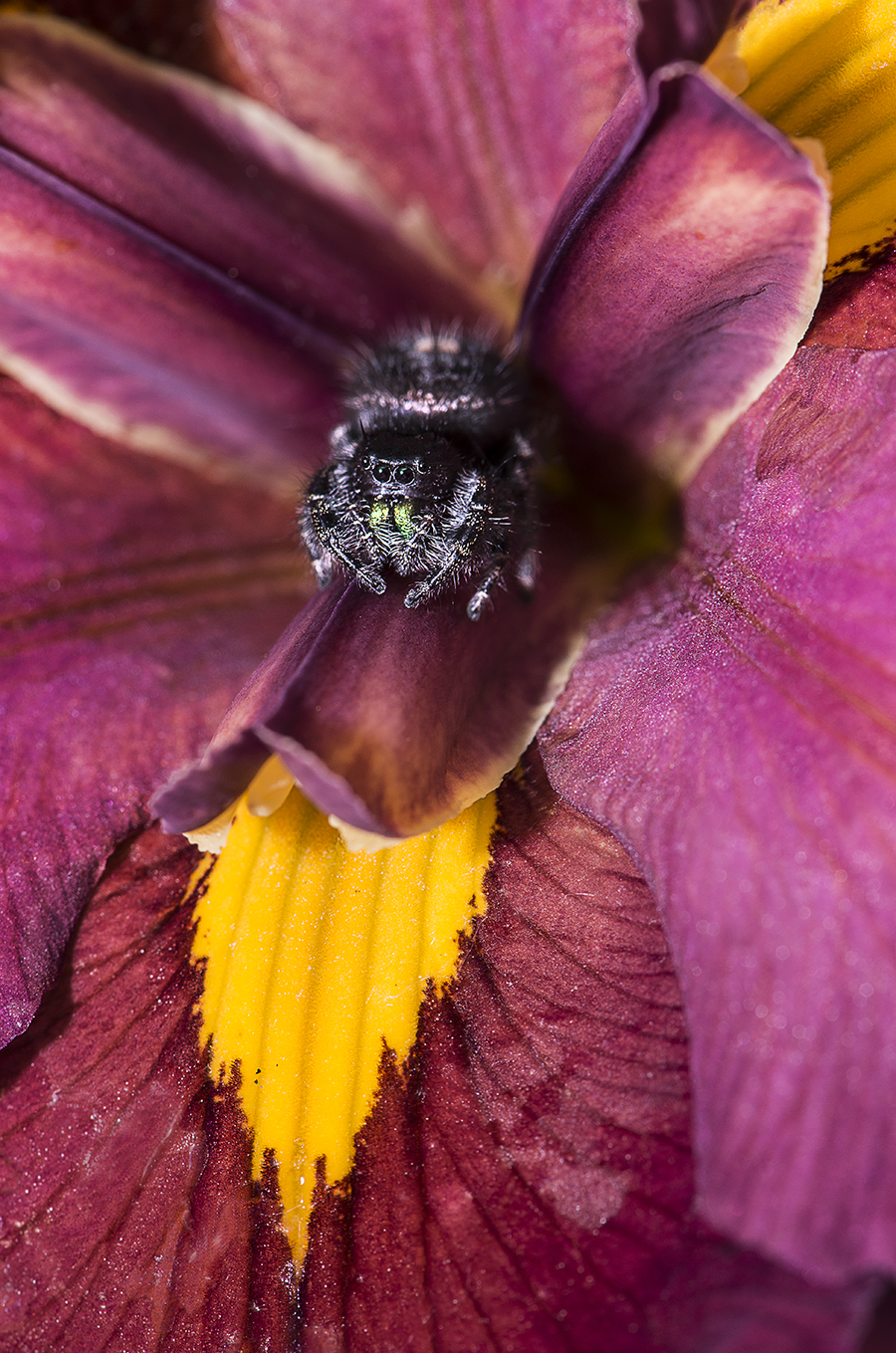
Comments : 1 Comment »
Tags: botanical photography, Daring Jumping spider, flower, flowers, garden, gardening, iris, nature photography, Nikkor 105mm micro, Nikon D800, Phidippus audax
Categories : botanical photography, Flower, Flowers, garden photography, gardening, insects, macro photography, nature, nature photography, Nikon, photography
Copper iris
16 05 2017Copper iris (Iris fulva). I spent a blissful half hour photographing these irises under a tree canopy with the most beautiful background light filtering through—looking for the perfect bokeh (and waiting for the wind to behave)!
© Cindy Dyer. All rights reserved.

Comments : Leave a Comment »
Tags: bokeh, botanical photography, Copper iris, flower, flower photography, flowers, garden photography, iris, Iris fulva, Nikkor 105mm micro, Nikon D800
Categories : botanical photography, Flower, Flowers, garden photography, gardening, macro photography, nature, nature photography, Nikon
Wild Iris Dietes grandiflora
27 05 2011Also called Fairy Iris, Dietes grandiflora is a perennial evergreen plant in the Iridaceae family. Native to South Africa, it is drought and frost hardy.
According to www.plantzafrica.com: the name Dietes means “having two relatives” and refers to the relationship between this genus and Moraea and Iris. Grandiflora means “large flower.” This plant is occasionally called the “Fairy Iris” because the fragile white petals not only look like fairy wings, but also have a tendency to disappear mysteriously overnight!
© Cindy Dyer. All right reserved.
Comments : Leave a Comment »
Tags: bloom, botanical garden, conservatory, Dietes grandiflora, evergreen, Fairy Iris, flower, garden, gardening, genus, horticulture, Iridaceae, iris, Iris Grandiflora, Longwood Gardens, macro photography, Moraea, Nikkor 105mm micro, Nikon D300, perennial, petals, South Africa
Categories : Flower, Flowers, gardening, photography
Iris
27 05 2011(Unidentified) Iris, photographed in the Conservatory in the Children’s Garden at Longwood Gardens, Kennett Square, PA
© Cindy Dyer. All rights reserved.
Comments : 2 Comments »
Tags: bloom, botanical garden, conservatory, flower, garden, gardening, iris, Kennett Square, Longwood Gardens, macro photography, Nikkor 105mm micro, Nikon D300, pennsylvania
Categories : Flower, Flowers, gardening, photography
Yep, you guessed it. Green Spring Gardens again.
11 02 2011Comments : 1 Comment »
Tags: allium, bloom, bug, Cleome, damselfly, daylily, Echinacea, flower, garden, gardening, Green Spring Gardens, Hibiscus, Honorine Jobert Anemone, insect, iris, love-in-a-mist, macro photography, Monarch butterfly, Nigella damascena, Nikkor 105mm micro, Nikon D300, plant, purple coneflower, Shasta daisy, spider flower, White Anemone, Zowie Zinnia
Categories : Flowers, gardening, nature, photography
Blackberry Lily
3 08 2010I’m fairly certain the top photo is a Blackberry Lily (Belamcanda) photographed at Green Spring Gardens. It’s called a lily, but it’s actually a type of iris. Say what?
I know the second photo is definitely a Blackberry Lily. This coloration is far more common than the solid yellow color. I read that it can also be found in black, pink and purple hues. This hardy perennial is also referred to as a Leopard Lily or Leopard flower.
© Cindy Dyer. All rights reserved.
Comments : Leave a Comment »
Tags: ant, Belamcanda, Blackberry Lily, bloom, flower, garden, gardening, Green Spring Gardens, horticulture, insect, iris, Leopard flower, Leopard Lily, macro photography, Nikkor 105mm micro, Nikon D300, plant
Categories : gardening, nature, photography
Blue-Eyed Grass
16 05 2009Photographed this afternoon at Green Spring Gardens—Blue-Eyed Grass (Sisyrinchium angustifolium) is actually not a true grass, but a member of the Iris family, closely related to the Wild Iris or Blue Flag. The plant is also known as Star Grass because of the shape of the flowers. Blue-Eyed Grass, a native perennial, grows across the prairies and open meadows. They grow just 4-12″ tall and the leaves are about 1/4″ wide. The flowers are incredibly tiny—barely 1/2″ in diameter!
© Cindy Dyer. All rights reserved.
Comments : 2 Comments »
Tags: Alexandria, Blue Flag, blue flower, Blue-Eyed Grass, Green Spring Gardens, iris, macro photography, Nikkor 105mm micro, Nikon D300, perennial, photography, Sisyrinchium angustifolium, Star Grass, virginia, Wild Iris, wildflower
Categories : gardening, photography
Japanese Roof Iris
27 04 2009The Japanese Roof Iris (Iris tectorum) is native to China. It was first discovered in the 1860s, growing in Japan on thatched roofs, hence the common name. Below is an excerpt from a newsletter article by Gerald Klingaman, former extension horticulturist for the University of Arkansas, Cooperative Extension Service:
This charming little plant became known as the Japanese roof iris because that is where it was first observed by a Russian scientist, Carl Maximowicz (1827-1891). He spent three and a half years botanizing in Japan in the early 1860s and introduced numerous Japanese plants to Europe through his base in St. Petersburg.
In China, apparently the original home of the roof iris where it has been grown since at least seventh century, the plant grows on the ground like any sensible iris. But in Japan, it was found growing on the ridges of their thatched roofs.
Apparently this tradition started in Japan because of a decree by a Japanese emperor during a period of wartime when it became illegal to waste land growing flowers. All available land had to be used for rice or vegetables.
The main reason for growing the plant was not for its flowers, but for a white powder that was made by grinding the roots. The makeup used to create the white faces of the Geisha girls was made from the rhizomes. So, the plants moved from the garden to the roofs where it remained until being “discovered” by science.
This evergreen perennial is hardy to zone 5 and flowers from April to May. The 4-inch wide lavender flowers (‘Alba’ is the white cultivar) bloom for about two weeks. Growing just 12-14 inches tall, the Japanese root iris has a spreading, rhizomatous habit common to most irises. Also known as Wall Iris, the plants grow as well in partial shade as they do in full sun, but they perform best in dappled shade. Great for use in front of a border and in rock gardens, they prefer soil that is high in organic matter. Seeds can be collected in late summer and directly sown into the garden.
I photographed this beautiful flower on a shady walking trail in Garvan Woodland Gardens in Hot Springs, Arkansas last week. Garvan Woodland Gardens is a 210-acre wooded peninsula on Lake Hamilton. The Gardens were the vision of founder and benefactress, Verna Cook Garvan, who donated her property under a trust agreement to the University of Arkansas School of Architecture in 1985.
© Cindy Dyer. All rights reserved.
Comments : 1 Comment »
Tags: Alba, Arkansas, Carl Maximowicz, China, evergreen, flowers, garden, gardening, Garvan Woodland Gardens, Gerald Klingaman, Hot Springs, iris, Japanese, Japanese Roof Iris, Lake Hamilton, macro photography, Nikkor 105mm micro, Nikon D300, perennial, rhizomatous, rock garden, Travel, University of Arkansas, University of Arkansas School of Architecture, Verna Cook Garvan, Wall Iris
Categories : gardening, photography, Travel
Not so mellow yellow
3 02 2009I had so many yellow-dominant photos in my archives that I had to shrink the images a little more than usual to get them to all fit into a more manageable collage—otherwise, you would be scrolling down for days. This is just the tip of the iceberg. Purple’s comin’ ’round the corner. Enjoy!
© Cindy Dyer. All rights reserved.
Comments : 3 Comments »
Tags: bees, butterfly, coneflower, cucumber beetle, daffodil, dahlia, daisy, daylily, false sunflower, flower fly, flowers, garden, gardening, Hibiscus, Hoverfly, insects, iris, leaves, lily, lotus blossom, McKee-Besher, monarch, orchid, photography, pumpkins, roses, rudbeckia, sedum, Shasta daisy, strawflower, sunflower, swallowtail, trillium, Tulips, yellow
Categories : gardening, photography
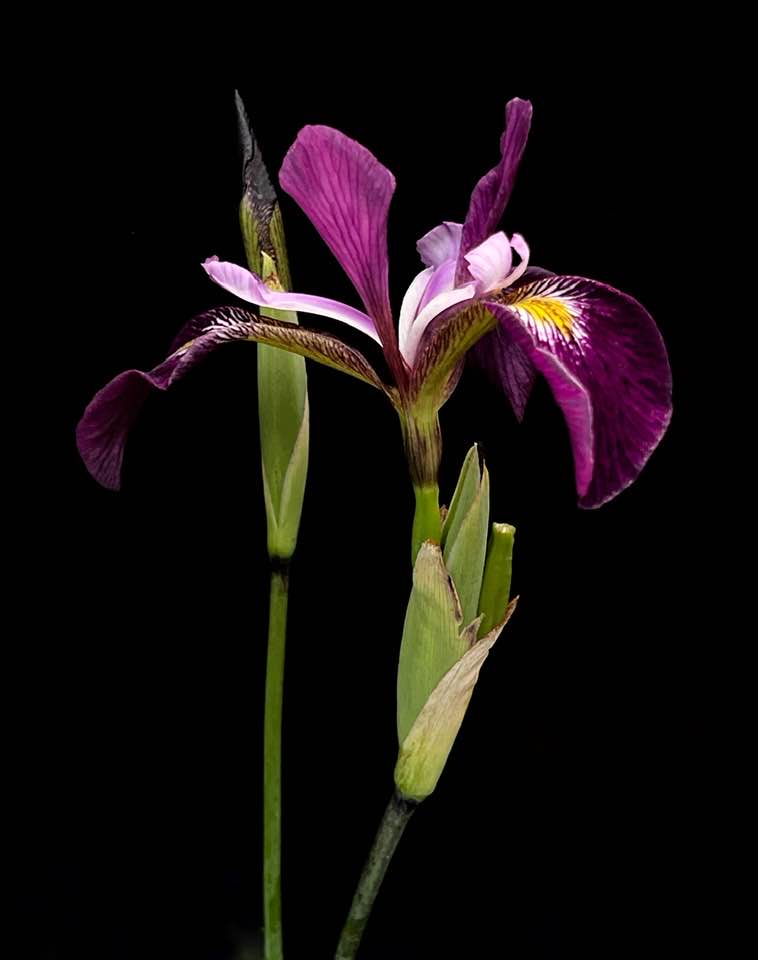
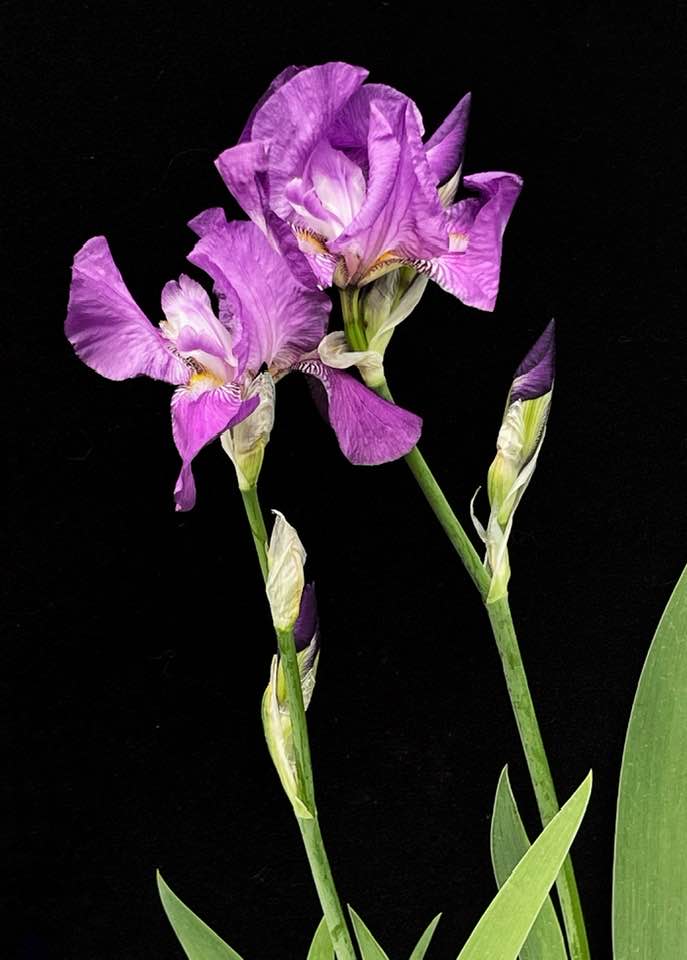

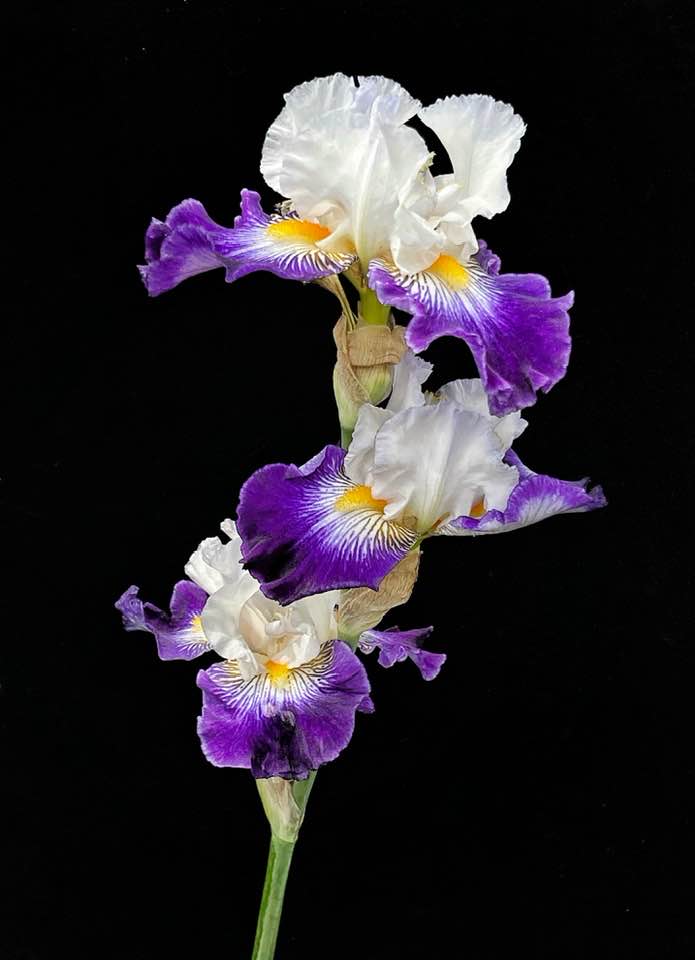
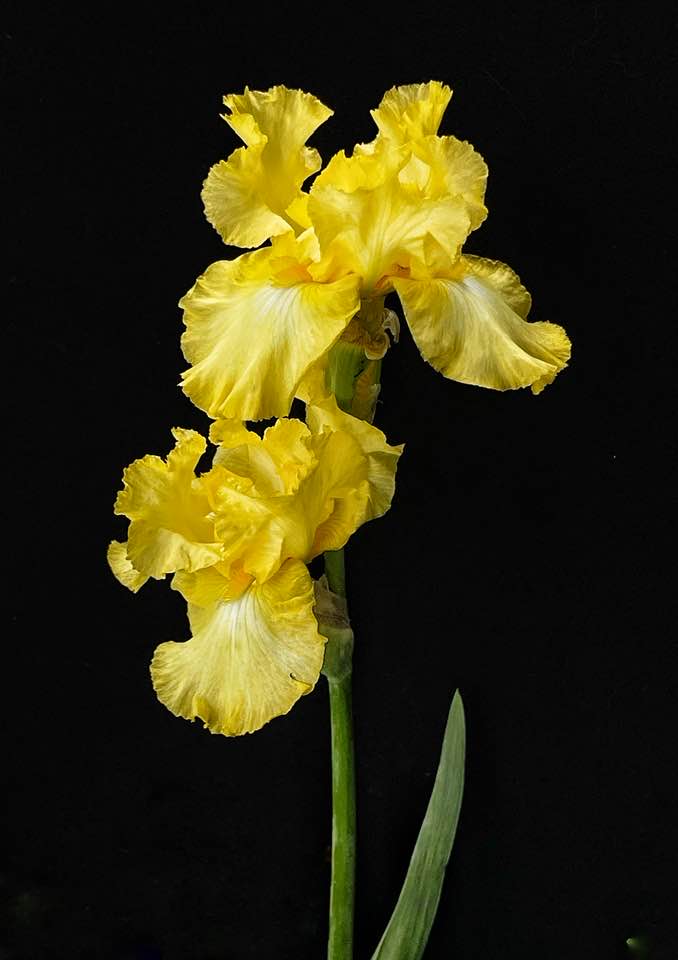
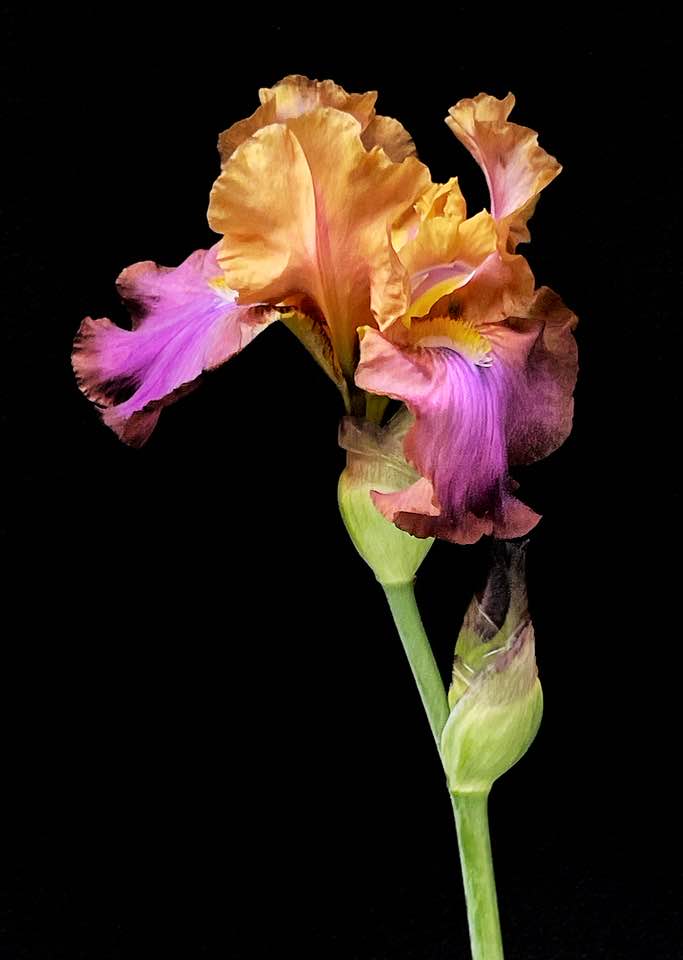
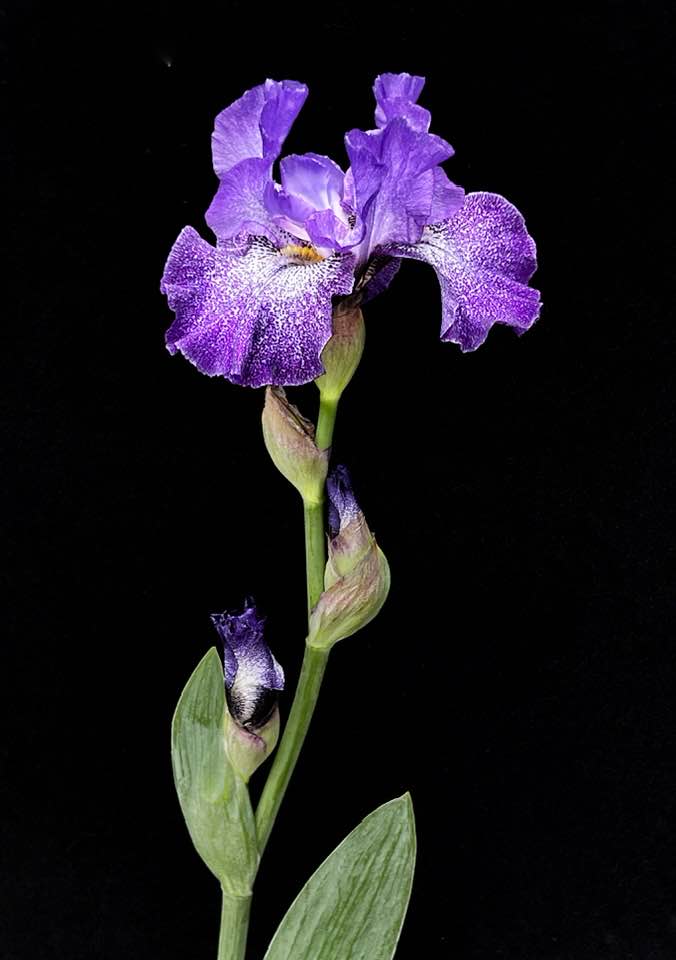
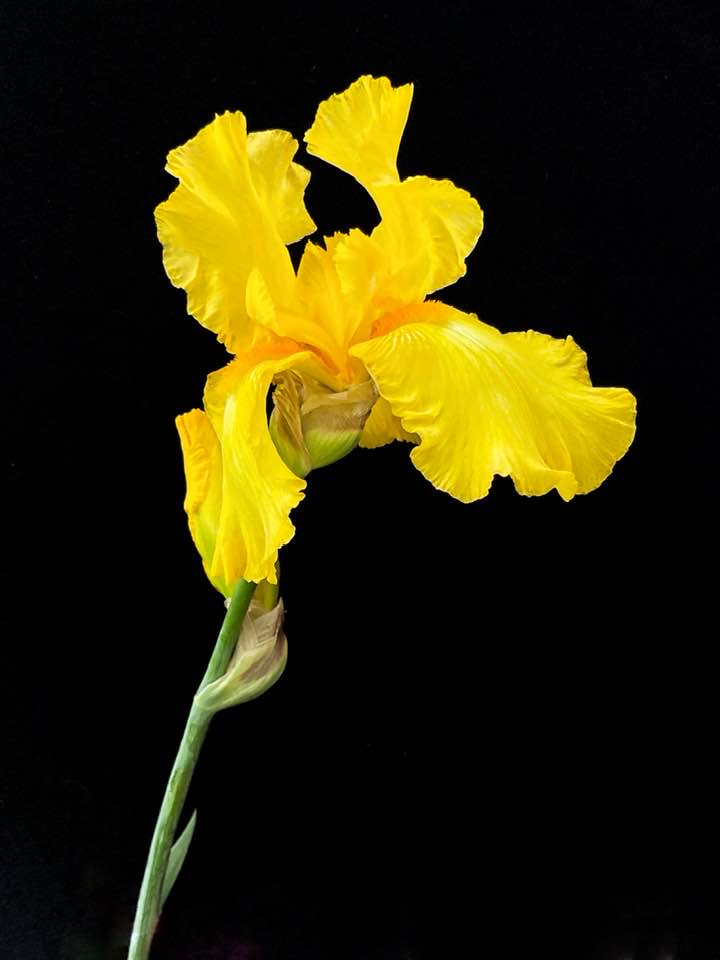


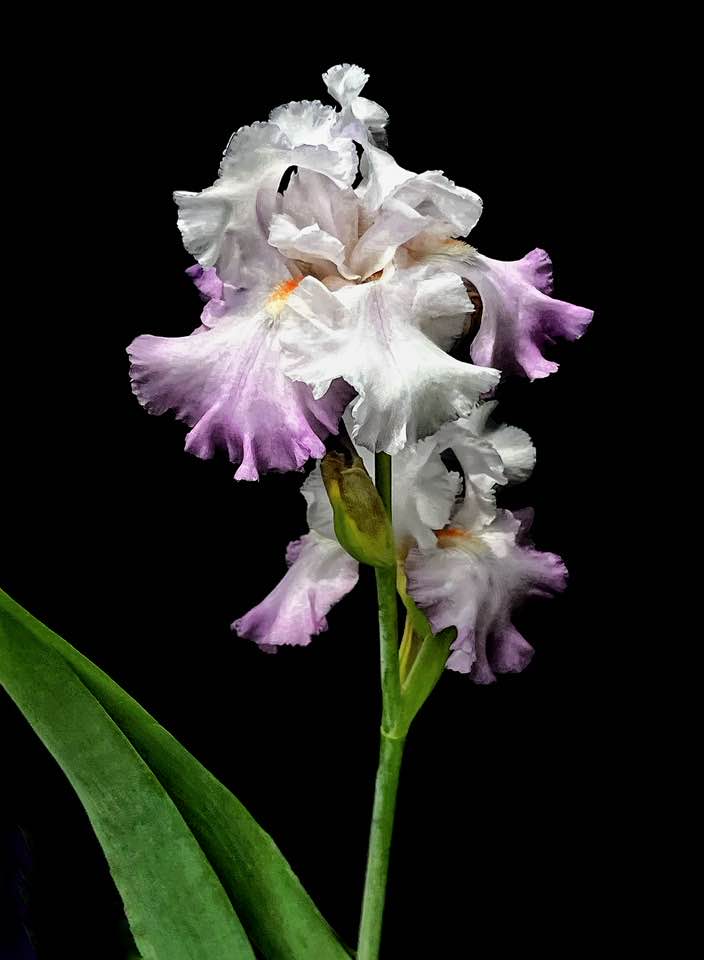

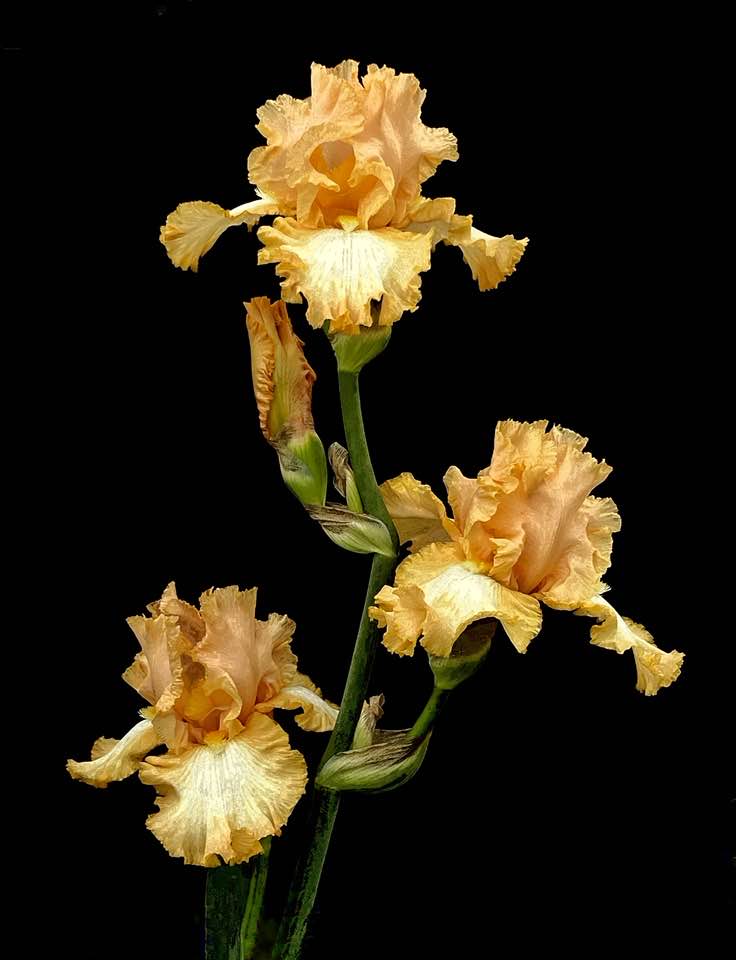









Recent Comments